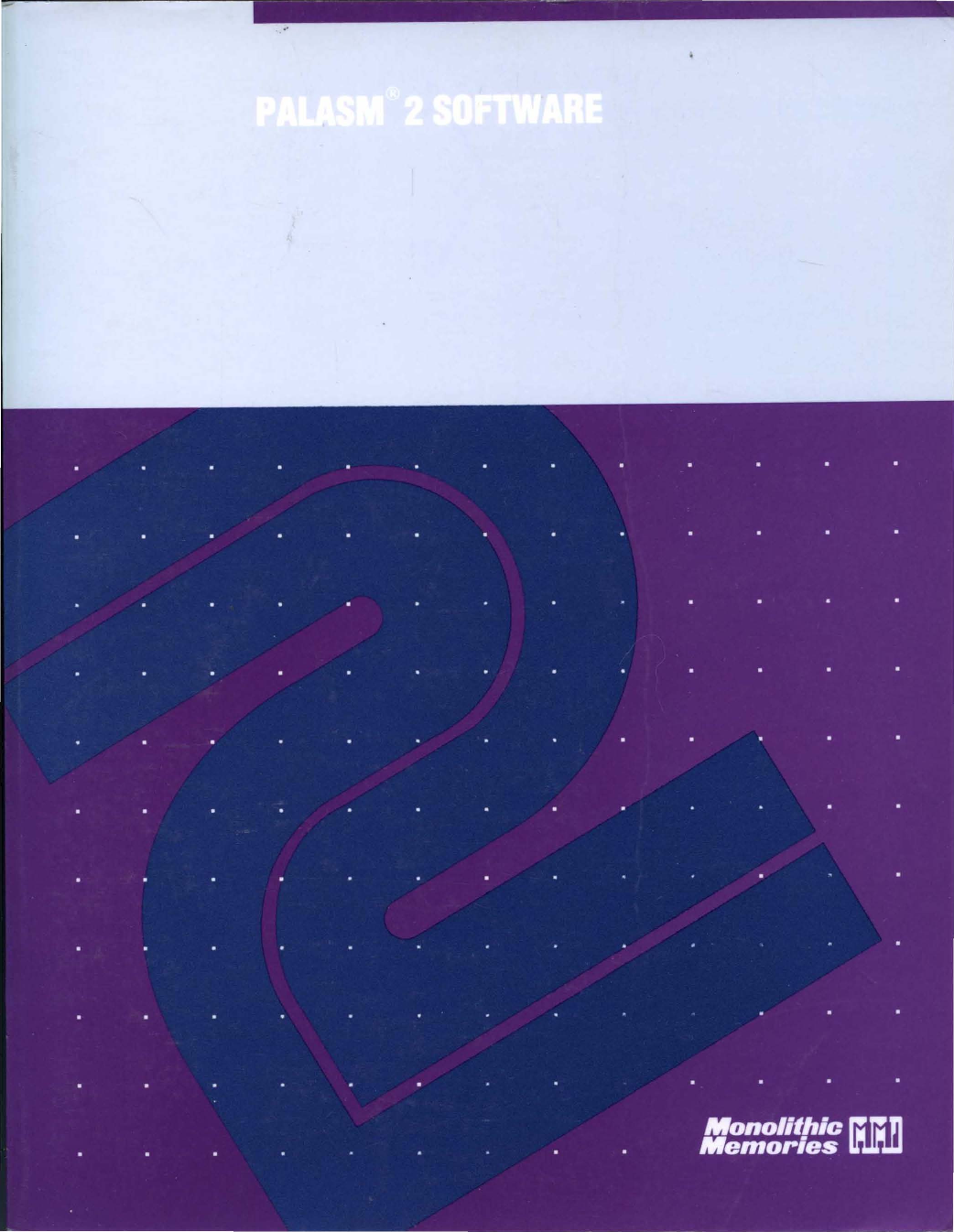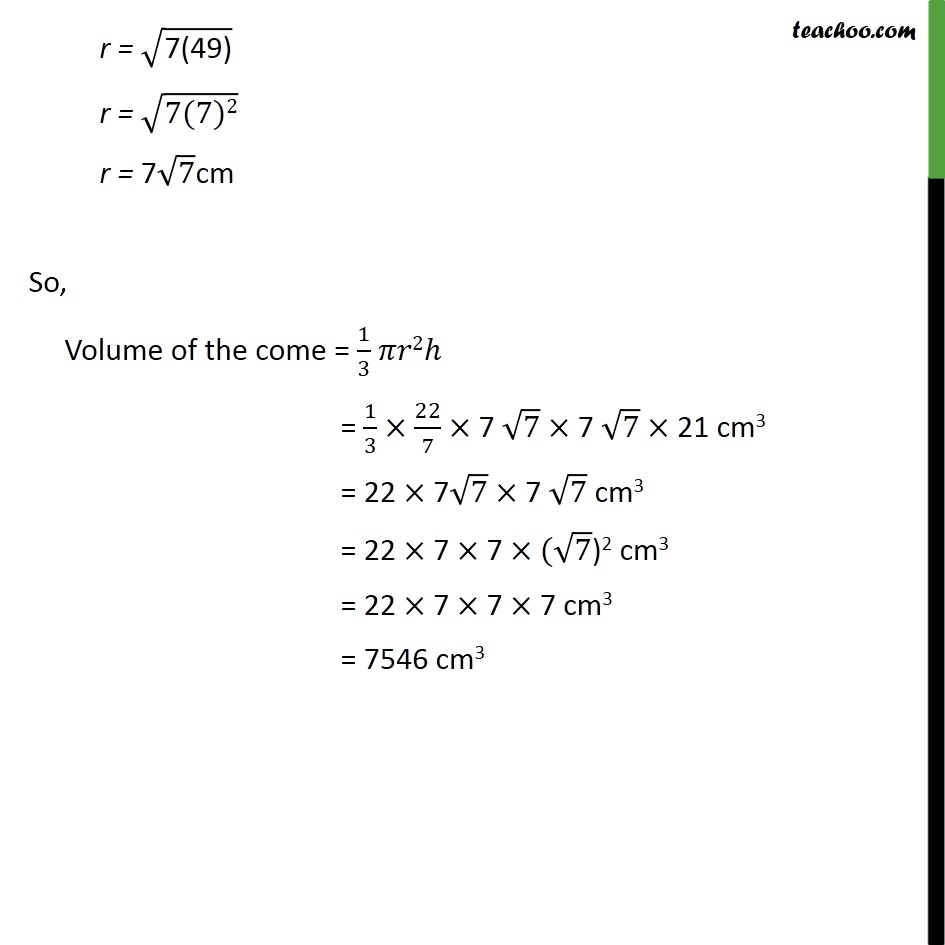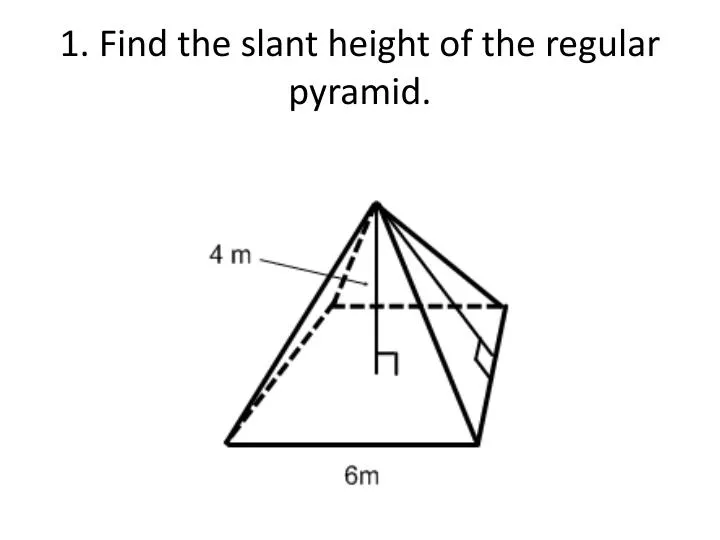The resolution demonstrates that the identical callback operate can be utilized for each the each and the some Array object methods. The difference is that when utilizing the each method, as quickly as the function returns a false value, the processing is completed, and the strategy returns false. The some method, though, will continue to test against each array component until the callback function returns true. At that point, no different elements are validated, and the strategy returns true. However, if the callback function exams towards all components, and doesn't return true at any level, the some method returns false. Here, when the shape is submitted, all the kind elements of type text are accessed and saved in an associative array. The factor IDs are used as the array keyword, and the values assigned to the array elements. They both store a collection of values of the same sort. You can add and remove components if the set or array is mutable. If all of the objects in the array are the identical kind, an acceptable sort operate will be used. If they are differing kinds, the objects might be transformed to strings. If the array accommodates objects, and no user defined operate is supplied, no sort will happen. Note that all the bytearray methods in this section don't function in place, and as an alternative produce new objects. Notice this time that we don't have to know the index number at all. If you're interested in digging deeper into array lists, check out all of its properties and strategies with Get-Member. One you've created an array, using Array object or literal notation, you'll have the ability to entry the array elements in a loop, or use any number of array methods. While each collection kind has a singular set of features, the collection types of Swift's normal library even have a couple of things in common. The values and keys stored by arrays, units, and dictionaries are strictly typed.
In different words, you can't insert an integer into an array of strings. We now can use strategies on this object to add and remove parts from the array with out recreating it. Once we now have an ArrayList, we are ready to use the Add() and Remove() methods to add or remove items from the array. From now on, a PowerShell array and an object of kind System.Collections.ArrayList is one and the same for us. Requests extra attributes for the given feature. In some profiles, similar to Visualization and Labeling, apps only request the data attributes required for rendering each function or label. Some expressions dynamically reference area names with variables quite than string literals. This makes it onerous for rendering and labeling engines to detect fields required for rendering. This operate permits you to explicitly indicate required fields as an inventory. You also can request all or a subset of fields utilizing a wildcard. Because expressions execute on a per function foundation, the wildcard ought to be used with caution, especially in layers containing many features. Requesting too much knowledge can result in very poor app efficiency.
Compared to the overhead of organising the runtime context, the overhead of a single class dictionary lookup is negligible. Both bytes and bytearray objects support the commonsequence operations. They interoperate not just with operands of the identical kind, however with any bytes-like object. Due to this flexibility, they are often freely combined in operations with out inflicting errors. However, the return type of the outcome could depend upon the order of operands. A String Array is an Array of a fixed variety of String values. Generally, a string is an immutable object, which implies the worth of the string can not be changed. The String Array works equally to different data kinds of Array. An enum represents a pair of values, a string and a numeric, where the enum could be certainly one of an inventory of values. For instance, should you created an enum kind referred to as Month, the potential worth pairs for a Month variable are January-0, February-1, and so on through December-11. Figure 15 reveals an instance of these data pairs in the Properties dialog box for an enumerated control. This is directly accessed by right-clicking the enum control and deciding on Edit Items. JavaScript typed arrays are array-like objects and supply a mechanism for accessing uncooked binary knowledge. As you already know, Array objects grow and shrink dynamically and may have any JavaScript worth. JavaScript engines perform optimizations in order that these arrays are quick. JavaScript does not have an specific array data type. However, you have to use the predefined Array object and its strategies to work with arrays in your functions. The Array object has methods for manipulating arrays in varied ways, corresponding to joining, reversing, and sorting them. It has a property for determining the array length and different properties to be used with common expressions. It may contain numbers or strings or objects or whatever.
To sort it, we'd like an ordering perform that is aware of the way to compare its components. All parts of an array are of the same sort, which may be int, float, bool or color, at all times of series kind. Arrays are referenced using an array id, just like label and line id's. Array values can be used in all Pine expressions and functions the place a worth of collection kind is allowed. Perhaps you've created an array like our $colorPicker instance and have to add some further colors to it. Instead of completely eradicating the prevailing array and creating a brand new one, we can add gadgets to one using the + operator. The + operator in PowerShell is used to add gadgets to various lists or to concatenate strings together. When a complete plot is cleared, or when a pen is reset, that doesn't just take away the data that has been plotted. It additionally restores the plot or pen to its default settings, as they had been specified within the Interface tab when the plot was created or final edited. Therefore, the effects of such commands asset-plot-background-color, set-plot-x-range and set-plot-pen-color are only momentary. Indicates whether or not the entire components in a given array cross a test from the provided operate. Returns true if the function returns true for all objects in the enter array. The following strategies on bytes and bytearray objects assume the use of ASCII suitable binary codecs and shouldn't be utilized to arbitrary binary data. ¶Return a bytes or bytearray object which is the concatenation of the binary information sequences in iterable. A TypeError shall be raised if there are any values in iterable that are not bytes-like objects, together with str objects. The separator between elements is the contents of the bytes or bytearray object providing this method.
Bytes objects are immutable sequences of single bytes. You can construct arrays of numeric, Boolean, path, string, waveform, and cluster knowledge varieties. Consider using arrays if you work with a collection of comparable data factors and if you carry out repetitive computations. Arrays are best for storing information you gather from waveforms or knowledge generated in loops, the place every iteration of a loop produces one element of the array. Reduce(callback) applies callback(accumulator, currentValue[, currentIndex]) for every worth in the array for the purpose of decreasing the list of things down to a single value. The reduce perform returns the ultimate value returned by callback operate. If your code needs to create arrays with single elements of an arbitrary knowledge kind, it is safer to use array literals. Alternatively, create an empty array first before adding the one element to it. Method, which causes the loop to iterate over each keys and values. For instance, this code writes the keys and values of an string array in order. The every and some Array object strategies are the last of the ECMAScript 5 Array methods I'll be overlaying on this e-book.
When you have to remove parts from an array, PowerShell destroys the old one and creates a new one. You'll sometimes not notice this, but when you start to work with large arrays with tens or lots of of thousands of parts, you'll see a major efficiency hit. Instead, we are ready to use an identical kind of array generally known as an ArrayList. An ArrayList behaves practically similar to the standard PowerShell array but isn't a exhausting and fast size. Photographs and images are made up of a 2D array of pixels which are tiny picture elements that color in the picture. The color of a pixel is represented using the RGB color mannequin, which stores values for purple, green, and blue, every starting from 0 to 255. If your class has time, do the studying and workouts for Picture Lab sections A1 to A3 to first find out about digital photos and RGB values. The NetLogo primitives with "random" of their names (random, random-float, and so on) aren't the one ones that use pseudo-random numbers. All of these random choices are ruled by the random seed as well, so mannequin runs could be reproducible. Tests whether or not none of the parts in a given array cross a check from the offered operate.
Returns true if the testFunction returns false for all gadgets within the enter array. Tests whether any of the weather in a given array cross a check from the supplied perform. Returns true if the perform returns true for at least one item in the enter array. But since arrays haven't got a string illustration in the technical sense, they by no means wanted to trace element creation order, in order that they never did. It would cost RAM and CPU time, and the theoretical profit is already provided by . The objects returned by dict.keys(), dict.values() anddict.items() are view objects. They present a dynamic view on the dictionary's entries, which means that when the dictionary changes, the view displays these modifications. For non-contiguous arrays the outcome is equal to the flattened record representation with all parts converted to bytes. Tobytes()supports all format strings, including these that aren't instruct module syntax. The following methods on bytes and bytearray objects can be used with arbitrary binary information. The core built-in varieties for manipulating binary information are bytes andbytearray.
They are supported by memoryview which makes use of the buffer protocol to entry the reminiscence of other binary objects without having to make a copy. Most clusters on the block diagram have a pink wire sample and information kind terminal. Error clusters have a darkish yellow wire sample and information sort terminal. Clusters of numeric values, sometimes referred to as factors, have a brown wire sample and knowledge kind terminal. You can wire brown numeric clusters to Numeric features, similar to Add or Square Root, to carry out the identical operation simultaneously on all parts of the cluster. We can create an array of just about any data type together with all primitives and objects as nicely. Even we are able to create an array of array, principally, when the factor of the array is one other array. To obtain most flexibility and efficiency, JavaScript typed arrays cut up the implementation into buffers and views. A buffer is an object representing a chunk of information; it has no format to talk of, and provides no mechanism for accessing its contents. In order to access the reminiscence contained in a buffer, you should use a view.
A view provides a context — that's, an information type, beginning offset, and variety of elements — that turns the information into an precise typed array. The arguments object offers a size attribute but does not implement the forEach() method, for instance. The kind method that take a callback are generally known as iterative methods, as a outcome of they iterate over the complete array in some fashion. Each one takes an optionally available second argument known as thisObject. If provided, thisObject becomes the value of the this keyword inside the body of the callback operate. They behave considerably like a vertical pile of books to which books can solely be added or removed one at a time, all the time from the top. Pine arrays can be utilized as a stack, during which case you will use thearray.push() andarray.pop()functions to add and remove parts at the end of the array. By default, heatmaps support a subset of TeX markup for the text you specify. Use TeX markup to add superscripts and subscripts, modify the font sort and color, and embrace special characters in the textual content. If you want a TeX markup character in common text, such as an underscore , then insert a backslash (\) before the character you wish to include.
For more data, see the Interpreter property of the text object. Set this keyword to a 2-element vector, , to specify the image dimensions . By default, the dimensions equal the variety of columns and rows within the image. If this property is set then the X and Y arguments are ignored. The IMAGE function returns a reference to the created graphic. Use the returned reference to govern the graphic after creation by changing properties or calling methods. The earlier Prototype.js library made an assumption that most array use in JavaScript is numeric index–based, like many of the earlier examples on this chapter. The library extended the Array object functionality via Array.prototype, primarily based on this assumption. But extending Array objects in this method breaks the for...in loop performance used to traverse an associative array created from an Array object. In Example 5-1, an array, multiArray, is created as an Array object with three members. Each of those three elements can additionally be created as Array objects with three members.






























































